-
Welcome to Tacoma World!
You are currently viewing as a guest! To get full-access, you need to register for a FREE account.
As a registered member, you’ll be able to:- Participate in all Tacoma discussion topics
- Communicate privately with other Tacoma owners from around the world
- Post your own photos in our Members Gallery
- Access all special features of the site
Replacing the Steering Rack (1st gen)
Discussion in '1st Gen. Tacomas (1995-2004)' started by turbodb, Oct 8, 2021.
Page 1 of 2
Page 1 of 2


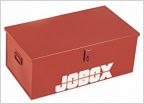 Bed storage solutions...
Bed storage solutions...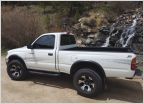 What's the going rate for Line-X these days?
What's the going rate for Line-X these days?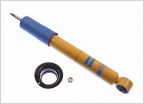 Strut and shock recommendations?
Strut and shock recommendations?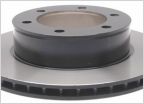 Raybestos, thoughts?
Raybestos, thoughts?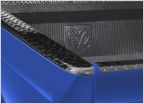 Bed rails? Yay or nay?
Bed rails? Yay or nay?
